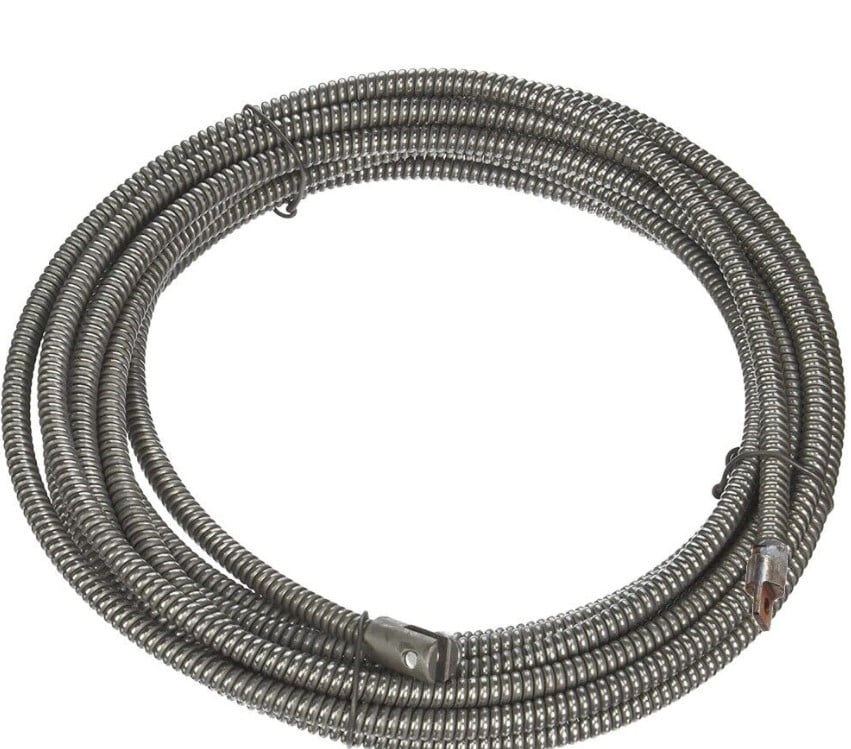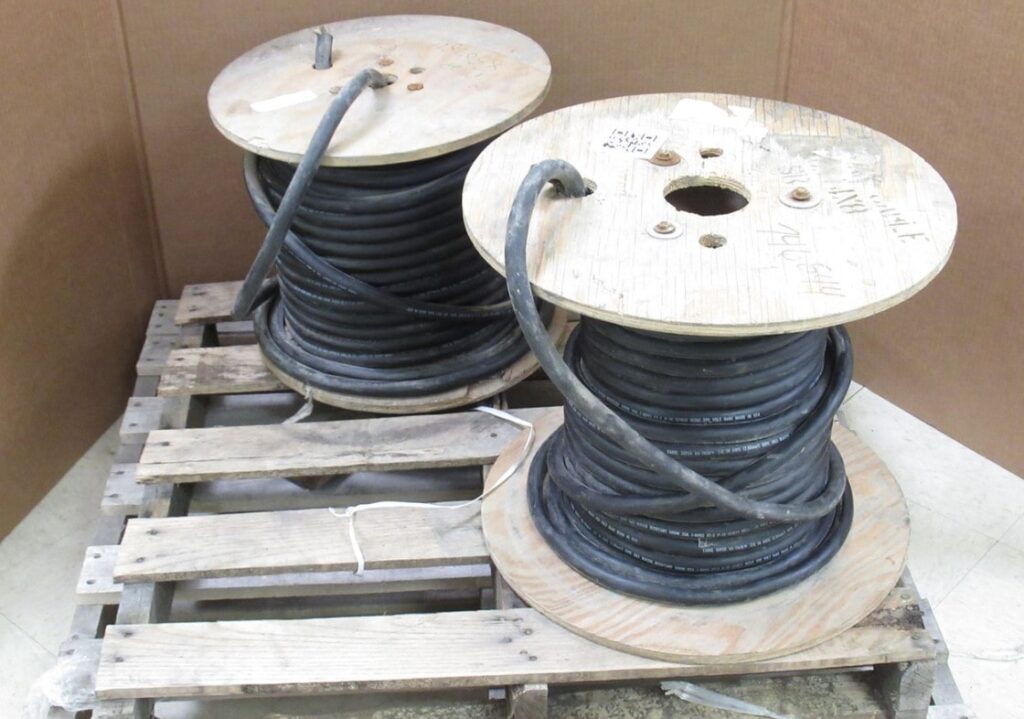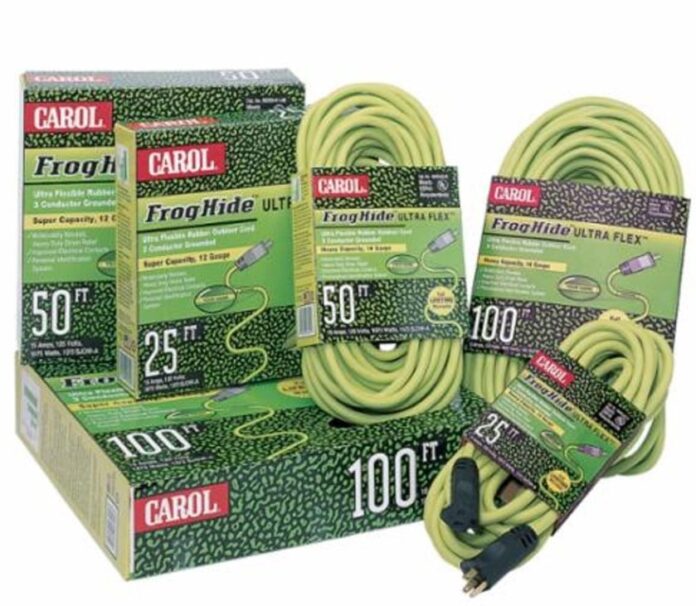Serving a range of sectors, including energy, telecommunications, construction, and automotive, General Cable is a top producer of premium wire and cable products. Power cables, communication cables, industrial cables, and customized wires made for a variety of uses are all part of their product line. General Cable is renowned for its inventiveness and places a high value on solutions that are long-lasting, effective, and safe. Their goods are made to resist harsh conditions and satisfy international requirements. To lessen its influence on the environment, the firm also creates eco-friendly wires with an emphasis on sustainability. General Cable is a reputable option for infrastructure projects and technological breakthroughs globally because of their vast experience and dependable goods.
Table of Contents
Understanding the General Cable Wire Types
To guarantee optimum efficiency and safety when starting a wiring job, it is essential to comprehend the many wire kinds that are offered. You must take into account conductor materials and wire insulation alternatives to meet the requirements of your application.
Let’s start with the conductor materials, which are most often copper and aluminum. Copper has superior flexibility and conductivity, while aluminum is more affordable and lighter. Each has particular uses depending on the requirements of the project.
Next, consider your alternatives for general cable wire insulation. Polyvinyl chloride, or PVC, is widely used because it is affordable and long-lasting. Teflon or silicone insulation, which offers better thermal and chemical resistance, should be taken into consideration for harsher environments or greater temperatures. Choosing the right wire types guarantees that your installation will continue to be dependable, effective, and secure while in use.
Key Specifications to Consider
Prior to beginning your wiring job, it is crucial to concentrate on important specifications that will affect the setup’s effectiveness and security. Start by selecting the material; consider conductivity, flexibility, and cost while deciding between copper and aluminum. Copper has superior flexibility and conductivity, although aluminum is lighter and frequently more affordable.
Next, think about the effects on the environment. Compare insulating options such as cross-linked polyethylene (XLPE), which performs better environmentally, with PVC, which is long-lasting but less environmentally friendly. In order to guarantee endurance and safety in your particular environment, you also need to evaluate the cable’s resistance to moisture, temperature, and UV radiation.
Give these elements first priority to design a dependable, environmentally friendly electrical system that meets your requirements.
Choosing the Right Gauge

It’s time to choose the appropriate gauge for your wiring project after evaluating important parameters. The general cable wire gauge impacts heat resistance, voltage compatibility, and current capacity. Determine the ampacity criteria for your application first.
Better voltage compatibility is ensured by the ability of a larger wire (lower gauge number) to handle higher current. Preventing voltage drop is essential since it can result in ineffective operation or device failure.
Next, think about heat resistance. The general cable wire must be able to tolerate the operating temperature range of your project. Choosing the wrong gauge might lead to overheating and possible component damage.
To be sure you select the appropriate gauge for your unique voltage and current requirements, always consult the American Wire Gauge (AWG) table. This accuracy will maximize the safety and performance of your system.
Sourcing High-Quality Suppliers
Finding a reliable provider is essential to your wiring project’s success. You must carefully assess the supplier’s performance history in order to guarantee their dependability. Seek out vendors who have a solid industry reputation, regular delivery schedules, and favorable evaluations.
Observe quality assurance protocols; they guarantee that the general cable wire satisfies all relevant requirements. Check to see if the supplier is committed to upholding high-quality procedures by looking for pertinent certifications, such as ISO 9001.
To evaluate the material’s performance and durability, ask for samples as well. Communicate openly with possible vendors to go over your particular needs. You may reduce risks and improve the project’s overall success by carefully choosing a dependable, quality-focused provider.
Tips for Safe Installation

Safety must always come first while installing ordinary general cable wire. Practice appropriate handling skills first. To prevent electric shock, always use insulated gloves. Never operate on live circuits and always use tools with insulated handles. Use a trustworthy voltage tester to make sure the power is off before beginning. Verify that wires are undamaged and not frayed in order to follow all safety precautions. Cables should be routed carefully to prevent pressure spots and severe bends, which over time can cause damage.
To avoid loose connections that might cause overheating or electrical problems, make sure connectors are firmly attached. All cables should be carefully labeled for future identification. To prevent trip hazards, keep your workspace neat.
Conclusion
You are the captain navigating a sea of requirements while choosing general cable wire. Make informed decisions by picking the right insulation and conductor, just like a craftsman would when picking the best supplies. Your gauge size serves as a compass, helping you match your voltage and ampacity requirements. In an unpredictable storm, you should only rely on reliable sources. Lastly, to make sure your project gets to its goal successfully, make sure the installation is safe, much like a professional sailor making secure knots.



